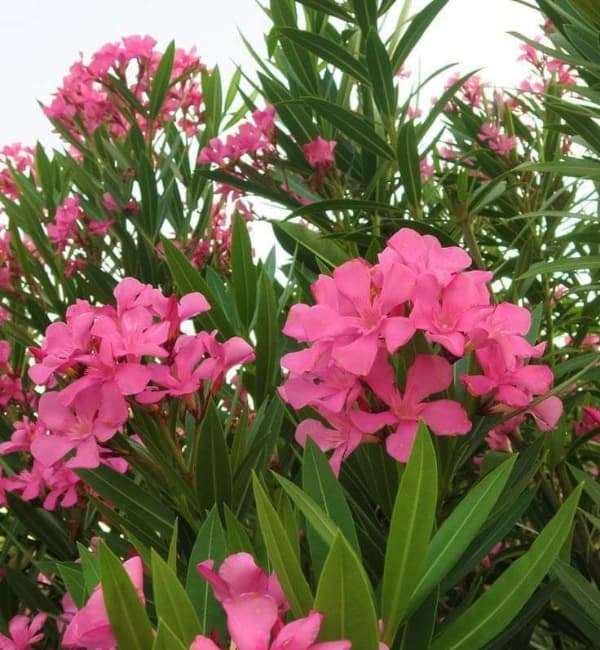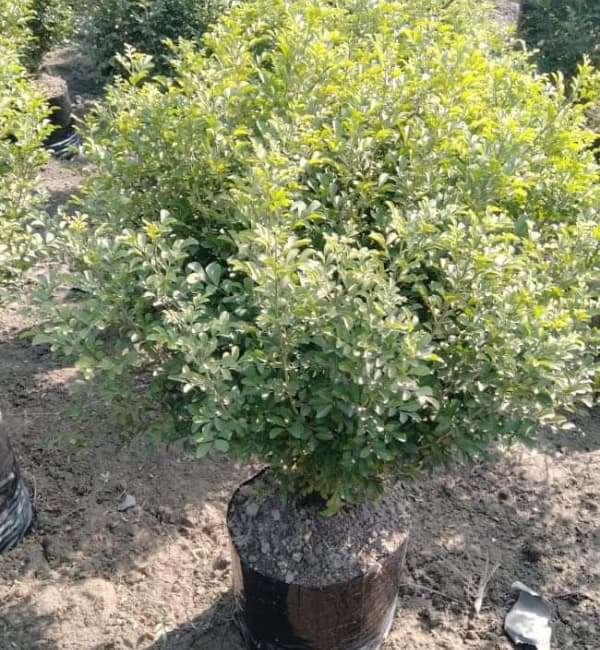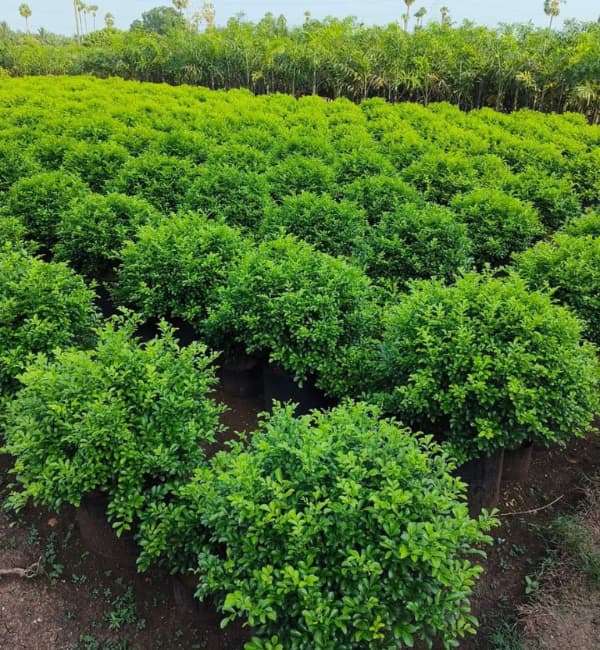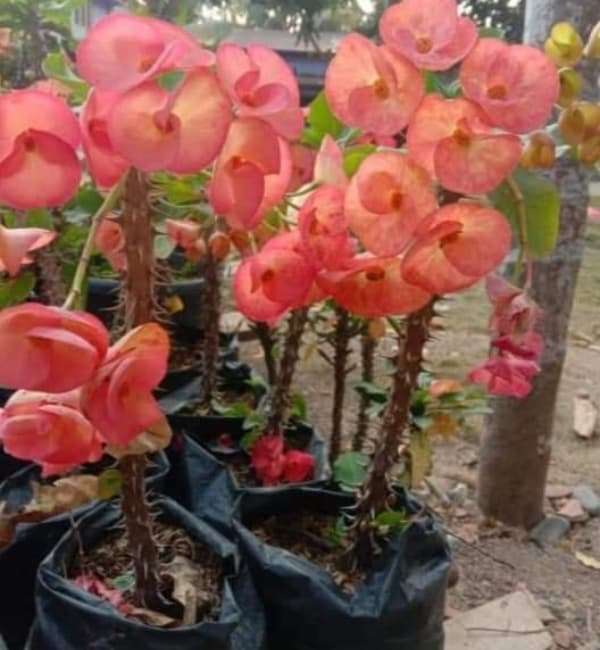
Nerium oleander
Nerium oleander, commonly known as oleander, is a beautiful yet highly toxic evergreen shrub native to the Mediterranean region, North Africa, and parts of Asia. Renowned for its showy and fragrant flowers, oleander is a popular ornamental plant in gardens and landscapes around the world.
This versatile shrub features lance-shaped, leathery leaves arranged in whorls along its stems. It produces clusters of funnel-shaped flowers in shades of white, pink, red, or yellow, which bloom profusely throughout the summer months. The flowers are not only visually appealing but also emit a sweet, intoxicating fragrance that attracts pollinators like bees and butterflies.
Despite its stunning appearance, oleander contains toxic compounds, including cardiac glycosides, which can be lethal if ingested. As such, caution must be exercised when planting oleander in areas accessible to children and pets.
With its beauty and fragrance, oleander adds color and charm to gardens and landscapes, but its toxicity underscores the importance of responsible planting and handling.
Related Products

Orange jessamine (2)

Orange jessamine (3)

Poinsettia Red

